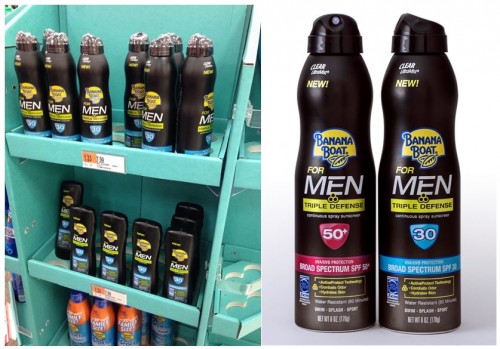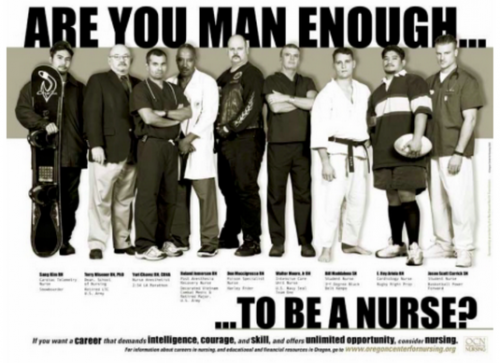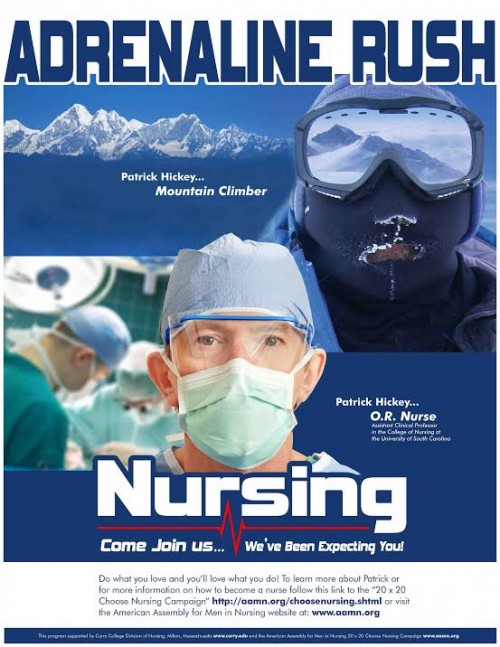Late last year Covergirl announced a new spokesmodel, a 17-year-old named James Charles. Their Instagram announcement currently boasts over 53,000 likes, though the comments on the post were decidedly mixed. They ranged from “I will never buy another (coverGIRL) because of this” to “love love love” and “the world is coming to equality and acceptingness.”
In my circles, the overwhelming response was enthusiasm. Charles’ ascendance to Covergirl status was evidence that gender flexibility was going mainstream. And, I suppose it is.
I am always suspicious, though, of corporate motives. Covergirl’s decision to feature Charles does serve to break down the gender binary, but it does other things, too. Most notably, if makeup companies could convince boys and men that their product is as essential for them as it is for girls and women, it would literally double the size of their market.
That this hasn’t happened yet, in fact, is evidence of the triumph of gender ideology over capitalism. Either companies have decided that there’s (almost) no market in men or men have resisted what marketing has been applied. It’s an impressive resistance to what seems like an obvious expansion. There’s just no money in men thinking their faces look just fine as they are; the fact that we’ve allowed them to do so thus far is actually pretty surprising when you think about it.
If Covergirl had its way, though, I have no doubt that it would make every 17-year-old boy in America into a James Charles. Such a change would contribute to breaking down the gender binary, at least as we know it (though no doubt there are more and less feminist ways of doing this). Of course, if it was advantageous to do so, Covergirl would claim that it had something to do with feminism. But, I wouldn’t buy it.
Lisa Wade, PhD is an Associate Professor at Tulane University. She is the author of American Hookup, a book about college sexual culture; a textbook about gender; and a forthcoming introductory text: Terrible Magnificent Sociology. You can follow her on Twitter and Instagram.












